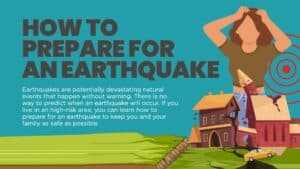If you’re running a summer camp and are looking to make it a safer place for all involved, it’s important to consider how you can do so in advance. Taking a little time at the outset to make camp a safer place for all involved helps everyone have a stress-free summer filled with fun, relaxation and excitement – and not with worry about what could happen in an emergency situation! One of the best ways to prepare for an emergency is to have each camper complete detailed emergency contact and allergy forms, which are stored in both paper and digital format, giving you the flexibility to recall the information either way as the need presents itself. Additionally, establish clear policies on dangerous areas of camp (think the swimming pond, archery areas, and anything involving cooking or fire). As a final point, make an effort to school your staff in basic emergency training (think Advanced Cardiac Life Support Training and Pediatric Emergency Assessment and Recognition). Though they’ll hopefully never have to use the training that they receive, having a staff that’s well-versed in the emergency basics can make a huge difference in a crisis situation.

Crucial Factors in Cardiac Emergencies: Hs and Ts of Sudden Cardiac Arrest
Sudden cardiac arrest occurs when an irregular heart rhythm leads to a loss of all heart activity.








